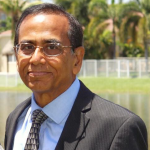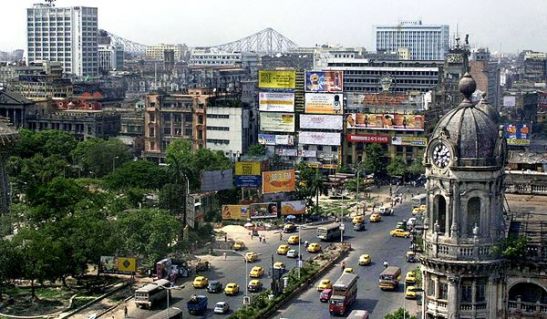
 “You can find Calcutta anywhere in the world. You only need two eyes to see. Everywhere in the world there are people that are not loved, people that are not wanted nor desired and people that no one will help, people that are pushed away or forgotten. And this is the greatest poverty” – Mother Teresa
“You can find Calcutta anywhere in the world. You only need two eyes to see. Everywhere in the world there are people that are not loved, people that are not wanted nor desired and people that no one will help, people that are pushed away or forgotten. And this is the greatest poverty” – Mother Teresa
By Nazarul Islam
Let me begin this piece with a quote from poet laureate Rabindranath Tagore: “So in the streets of Calcutta I sometimes imagine myself a foreigner, and only then do I discover how much is to be seen, which is lost so long as its full value in attention is not paid. It is the hunger to really see which drives people to travel to strange places.”
Long recalled ‘London of the east’, this ‘Mahanagar’ Calcutta, was not the city of joy. Nor, this was no city of dreams: it was a city where one came up against the face of reality at its most physical and ferocious. Eventually the Calcuttans adjusted to it, as people do, and learned to accept it as the truth. Out of that, today’s Calcutta has emerged.
In his book, Krishna Dutta has concluded his narrative of the imperial city evolving into a post imperial, post-independence city since 1947, by referring to Calcutta in the era of globalization that is after 1991. Dutta summed up her representations of Calcutta’s past with the transformations that were impacting the city in the present, though change and continuity were intermeshed, as she observed, “…
But a different kind of exchange is occurring today through the invasive channels of satellite television and the internet. Calcuttans now communicate with the world through chatrooms and websites…There is also rampant consumerism and hedonism among the large numbers of Calcuttans who can afford such a lifestyle.
Indeed, during the terrible riots in Gujarat in 2002, Calcuttans came out in their thousands to march peacefully along the same route taken by Tagore in 1905 in protest against the partition of Bengal.
The city Calcutta may lag behind much of the world economically, but it is still a city where the pursuit of knowledge, beauty and justice for their own sake are admired and cherished. It is still a relatively safe city for travelers. People here are hospitable, resilient and refreshingly witty.
In fact, almost every two to five years, there seems to appear on the book stands a new book on the indefinable, enigmatic and mesmerizing city of Calcutta. The psychic tension between the nostalgic moorings and the ground realities about the evolving city of Calcutta are represented here in graphic detail.
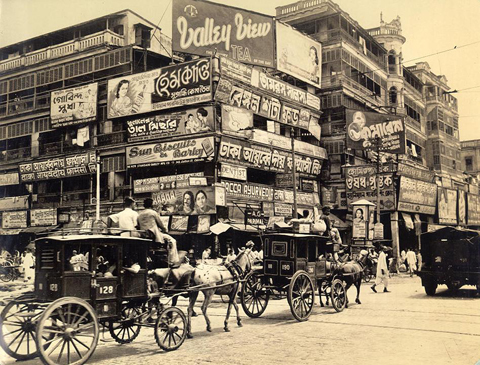
The city’s roads, lanes, and alleys, its cobblestoned tramlines, treeless avenues, and occasional flyovers, are important visual markers no doubt. But even more distinct and quintessentially Calcuttan are the city’s pavements, mostly broken, many turned into open markets, pockmarked with tube wells, impromptu shrines and random holes dug by the monsoon or men from the power, phone or water department. This whole set piece is animated by people on foot, walking everywhere in and around the city of joy.
Again, Subhoranjan Dasgupta’s essay “Calcutta and I” had referred to one of the most traumatic experience that the city of Calcutta endured. It was the period that marked India’s independence and the Partition of India, both in the eastern and western parts of the country.
Perhaps the most significant change to Calcutta was the massive influx due to the Partition of India which led to millions of people entering the city as refugees from the newly created, newly independent Bangladesh with literally nothing but the clothes on their backs.
In his popular book ‘Calcutta-The Living City’, author Sukanta Chaudhuri elaborates the impact of historical facts that traumatized the city of Calcutta. Referring to Calcutta, Chaudhuri observed: She is the “primate city” the great magnet for survival-seekers from one of the poorest and most populous segments of the subcontinent. More amazingly still, she has absorbed with incredibly meagre resources, little attention and less sympathy, what is arguably the biggest mass migration in the history of man
Jhumpa Lahiri, who is a non-resident Indian, more accurately a person of Indian origin, may seem intriguing.
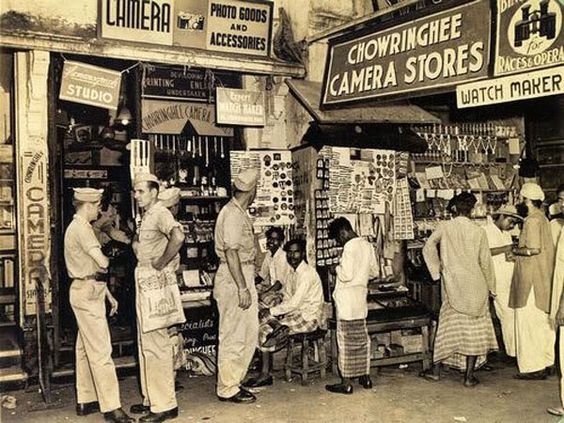 Filled to the brim of wit and dark humor of the uninhibited prose of Gunter Grass, as it appears in the English translation of The Flounder, observes with scathing irony, “I live in India much of the year-but I can’t say I like the India of today….”
Filled to the brim of wit and dark humor of the uninhibited prose of Gunter Grass, as it appears in the English translation of The Flounder, observes with scathing irony, “I live in India much of the year-but I can’t say I like the India of today….”
Today, Calcutta has become, as the Americans might say, a dump. By the early eighties, Mother Teresa’s profile as the face of eternity was so wide spread that, in the Western world, this great city (mahanagar) of modernity, with its contradictions and exacerbation, was seen as a present-day Galilee, a place of supernatural cures, of lepers awaiting the miraculous touch…Within India itself Calcutta had become a butt of jokes…
Finally, in her novel The Lowland, the Diasporic writer Jhumpa Lahiri represents in her fictional narrative, the formidable Naxalite movement that rocked the city of Calcutta, destabilizing its colonial cultural legacy, interrogating shibboleths and monoliths, yet ultimately surrendering to the establishment due to its many lapses, excesses and over-commitment to concepts rather than ground-realities.
Returning to the city in the era of globalization, Jhumpa Lahiri’s protagonist observes not unlike Jemima Kindersley who visited Calcutta in the eighteenth century, that, “VIP Road, the old way to and from the airport to Dumdum, had once been remote enough for bandits, avoided after dark. But now she passed high-rise apartment buildings, glass-fronted offices, a stadium’ lit-up malls and amusement parks, foreign companies and five-star hotels…The city was called Kolkata now, the way Bengalis pronounced it.”
It is obvious from this brief collage of impressions that the Calcutta chaosmos, its inclusiveness, its syncretic distinctness, sets it apart. Even in the nineteenth century, it was a melting pot of cultures, the fusion and frisson resulted in the uniqueness of the city and the achievements of its cultured and educated intelligentsia have been carried forward, now negotiating with the challenges of the era of globalization of the ongoing century.
This selection of responses to Calcutta, mostly written in English, trace interlinks, fractures and the chaos of the physical city, ranging from representations of the Imperial gaze, to the postcolonial gaze of privilege that characterize the representations of the educated, cultured, urban upper middle-class writers and public intellectuals.
It includes the fictional and non-fictional narratives of travel writers, international writers and diasporic writers; however, these significant narratives integrate into the undeniable impression that the more than three-hundred years old city of Calcutta challenges definition and leaves an indelible impression on both the resident and the non-resident Indians as well visitors and tourists.
The city had grown in collaboration with colonial rule, or more broadly and humbly, by a necessary reliance on the colonial system. But this symbiosis bred resentment and disillusion, creating a classic tradition of protest politics and economic discontent, even while the collaborative role persisted. And in all these developments, Calcutta only focused, sharply and disturbingly, the basic spirit of colonial and post-colonial India.
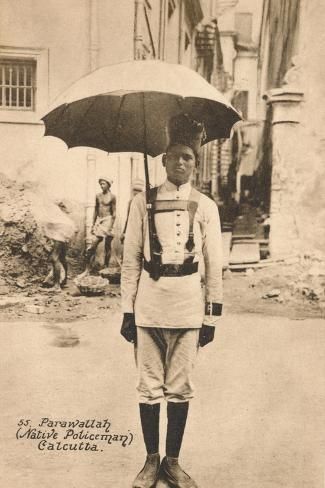 Calcutta and Bengal are now often placed in counterpoise in the rest of India; but the nation still finds itself ensnared by this reviled and fascinating city, which has taken upon itself so much of the burden of India’s bitter inheritance.
Calcutta and Bengal are now often placed in counterpoise in the rest of India; but the nation still finds itself ensnared by this reviled and fascinating city, which has taken upon itself so much of the burden of India’s bitter inheritance.
Finally, I end this piece with a wonder quote from Mother Teresa who served her lifetime in the city picking up the duck, and ignored from the streets, then provide them with safe, loving care….”You can find Calcutta anywhere in the world. You only need two eyes to see. Everywhere in the world there are people that are not loved, people that are not wanted nor desired and people that no one will help, people that are pushed away or forgotten. And this is the greatest poverty.”
____________________
About the Author
